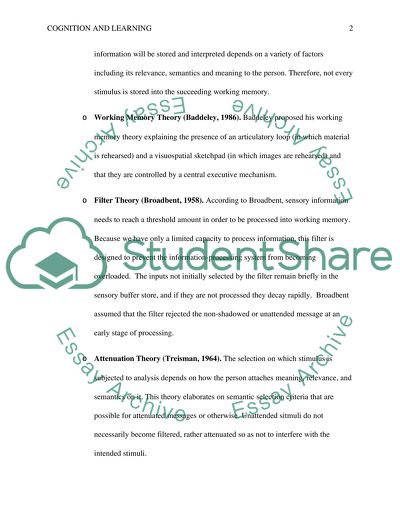Cite this document
(“Cognition and Learning Term Paper Example | Topics and Well Written Essays - 1500 words”, n.d.)
Retrieved from https://studentshare.org/psychology/1430495-cognition-learning
Retrieved from https://studentshare.org/psychology/1430495-cognition-learning
(Cognition and Learning Term Paper Example | Topics and Well Written Essays - 1500 Words)
https://studentshare.org/psychology/1430495-cognition-learning.
https://studentshare.org/psychology/1430495-cognition-learning.
“Cognition and Learning Term Paper Example | Topics and Well Written Essays - 1500 Words”, n.d. https://studentshare.org/psychology/1430495-cognition-learning.


